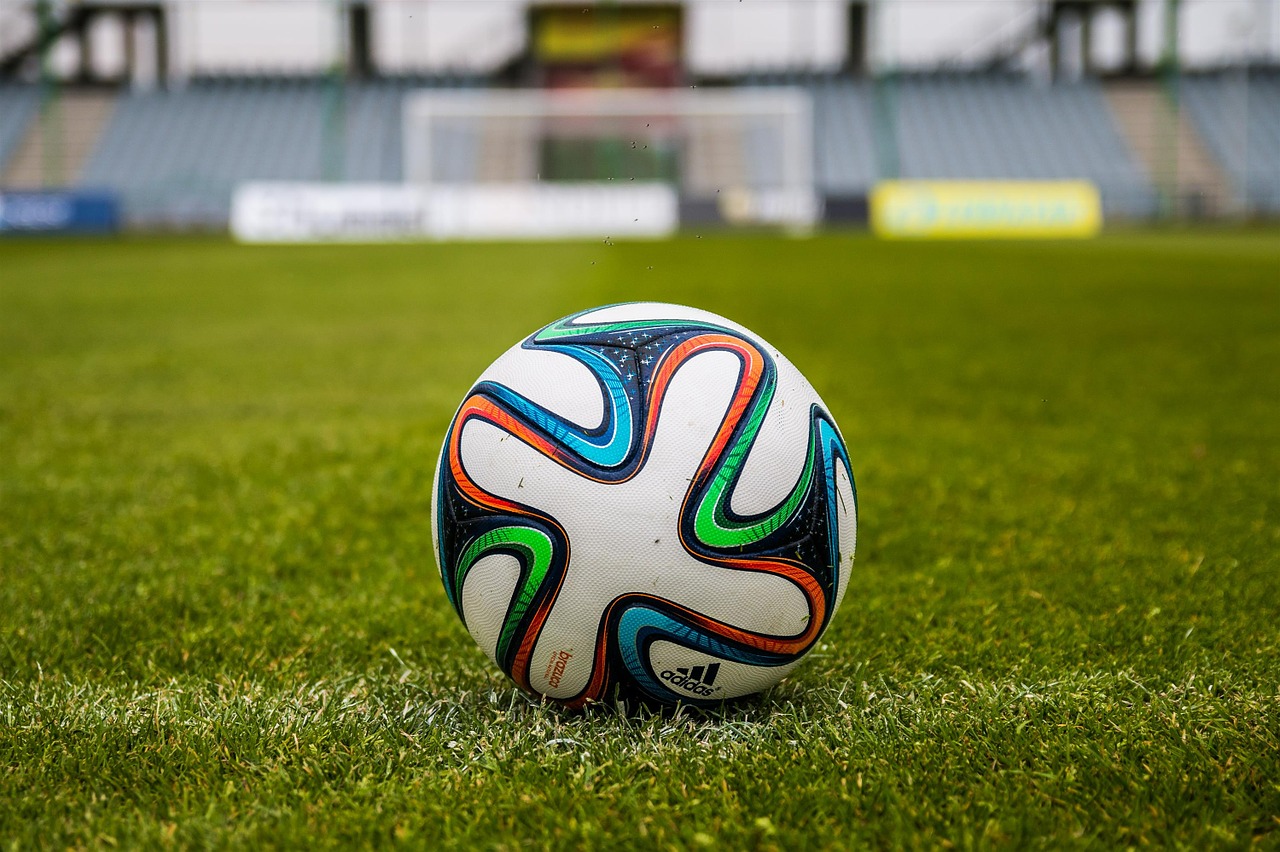The controversy surrounding the infamous Jabulani soccer ball, used during the FIFA 2010 World Cup tournament, evoked responses from every one involved, from the players and ADIDAS through to the US space guild, NASA.

Yes, you heard that right!
Amid criticism – as well as support – for the (probably) most carefully engineered sports equipment in history, NASA’s Ames Research Center decided, in 2014, 4 years post-tournament, that it will analyse the ball from purely scientific standpoint.
They took a slightly altered replica of the product, named Brazuca, and analysed it in a subsonic wind tunnel, and turned it into a physics lesson for the sporting community.
Physics of Jabulani
Aerodynamics is the study of fluid behaviour around two- or three-dimensional objects.
This field of study enables engineers and scientists predict how even minor alterations in these basic geometries can affect fluid flow.
The aerodynamics of a sphere is vastly different from that of a cube or an aerofoil. A sphere generates much greater aerodynamic drag, which is the opposing force produced by air resistance against a moving object. It tends to reduce velocity of the object.
As an example of this, consider the game of golf.
A smooth ball has a higher drag coefficient. This is because the boundary layers around the ball start detaching much earlier due to steep tangential drag angles.
In order to prevent this, a golf ball is dented with “dimples” on the surface. These dimples agitate the boundary layer and force it to stick to the surface, preventing boundary layer separation and thereby narrowing the wake region behind the ball.
This increases the velocity of the ball and improves its flight characteristics.
The strange thing about the Jabulani football is that it demonstrated movements that couldn’t have happened without the influence of some form of physics trickery. Strikers loved it and goalkeepers despised it.
The designers of the ball made it “knuckle” when kicked at zero spin, even without being aware; giving the strikers a greater chance of scoring.
“Knuckling” occurs when the seams of the ball channel the stream of air in an unusual and erratic manner, making its trajectory unpredictable. This also made the goalkeepers at FIFA 2010 run helter-skelter.
However, this isn’t, according to the NASA, something of grave concern.
Taking advantage of a ball’s flight characteristics to gain momentum is nothing new in sports. In many sports, players often manipulate the spin of the ball with respect to its stitches to gain an advantage. They might not know the physics behind it, but they know how it works.
But a football has seams instead of external stitches.
The Test
The difference between the replica and the original is that the former has 6 panels whereas the latter has 7. A traditional football has 27 panels.
1. A team of NASA experts engineered a small, 2×2 feet wind tunnel in the Fluid Mechanics Laboratory at Ames to analyze the airflow around Brazuca.
2. In order to track the air, the team added smoke to the air over the surface of the ball and highlighted it with laser light to increase flow visibility.
3. A subsonic fan blew the air. The ball displayed drag and wake regions and moved in all peculiar ways possible. Momentum, tangential angles and greatest knuckling speeds were noted down.
4. The team then varied the velocity of air and noted down the same parameters.
5. Coupled with a 17-inch water channel, which used a fluorescent dye dispensed into the fluid flow under black lights, showed that the speed of greatest knuckling for a traditional ball was around 48 kph. This was, as per the team, much below the typical kicking speed of a World Cup player, which was around 80.5 kph.
6. The aim was to see the exact conditions at which the smoke patterns suddenly changed to exhibit knuckling effect.
Test Results
Brazuca, which was also designed and manufactured by ADIDAS for future FIFA world cups as a response to critics, has, according to the test results, greater roughness and will make the knuckling happen at at 48.3 kph, which is way below the striker’s kicking speed.
The Jabulani, a much smoother ball, produced its highest knuckling effect at the same speed that world class players kicked (80 kph).
The advantage of the Brazuca ball is that its lower panel count and additional bumps offers higher speeds and greater performance, while delivering the same stable flight characteristics of a conventional football.
So was the Jabulani a failure? We think not. It was a transitional technology that paved way to the Brazuca – a much better, cutting-edge yet stable ball.
